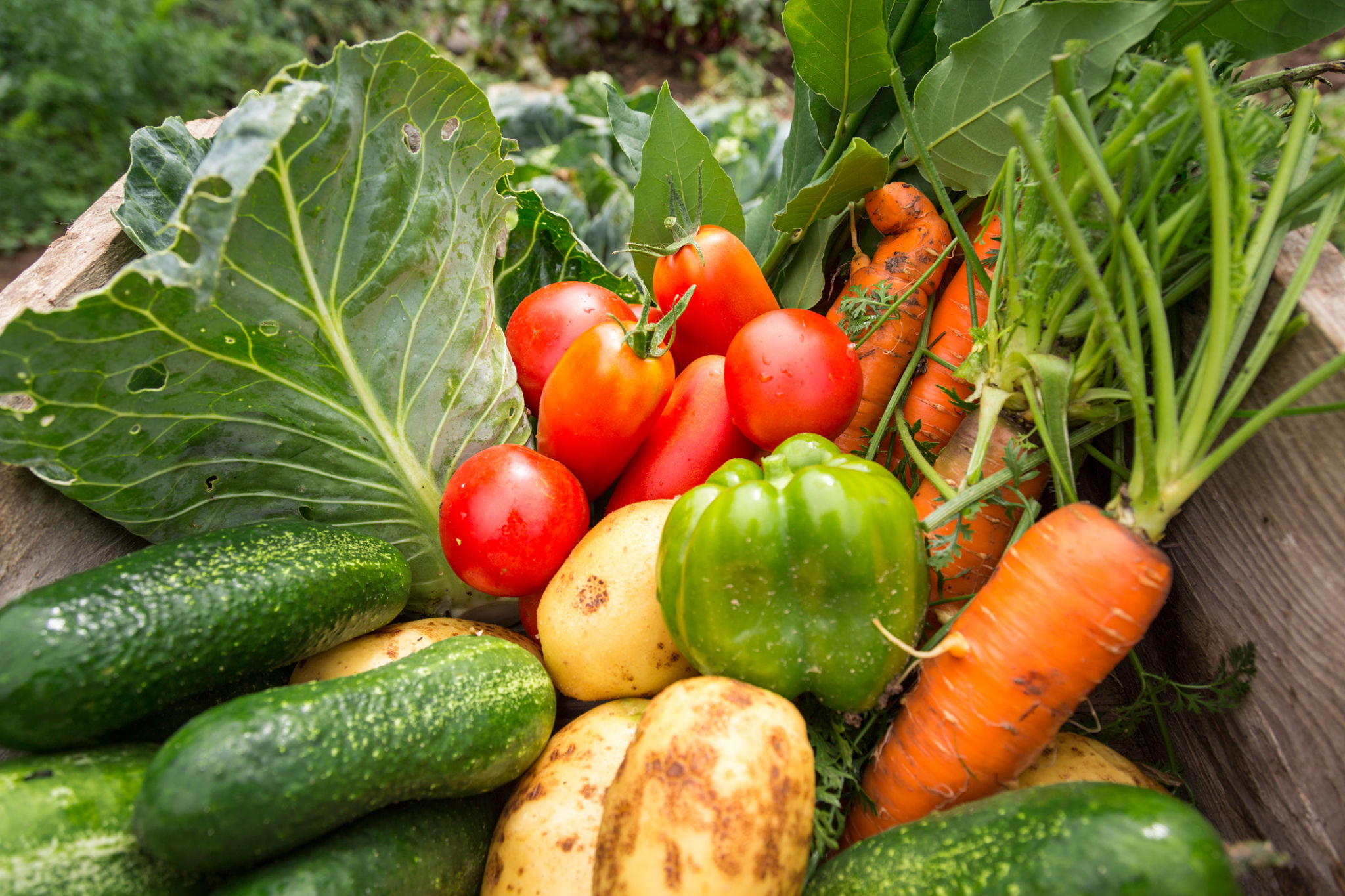How to Start an Edible Garden at Home: A Beginner’s Guide
Why Start an Edible Garden?
Starting an edible garden at home is a rewarding way to enjoy fresh produce and reduce your grocery bills. It also allows you to control what goes into your food, ensuring it's free of harmful pesticides and chemicals. Gardening can be therapeutic and a great way to unwind, offering both mental and physical health benefits.
Edible gardens aren't just about growing food; they're about fostering a connection with nature and understanding the life cycle of plants. Whether you have a sprawling backyard or a small balcony, you can start an edible garden tailored to your space.

Choosing the Right Location
The success of your edible garden largely depends on choosing the right location. Most edible plants require at least six hours of sunlight per day. Observe your space to determine where sunlight is most abundant. If you're limited to shaded areas, consider growing shade-tolerant plants like leafy greens.
Also, consider access to water and protection from wind. Placing your garden near a water source makes it easier to keep your plants hydrated. If wind is a concern, use natural barriers or garden fencing to shield your plants.
Selecting What to Grow
Deciding what to grow depends on your personal preferences, the climate of your region, and available space. Beginners might start with easy-to-grow plants like herbs, tomatoes, lettuce, and radishes. These plants are forgiving and provide quick results.

If you have more space and experience, consider expanding to include fruit trees or vine vegetables like cucumbers and beans. It's important to understand the growing seasons in your area to ensure optimal plant selection and harvest times.
Gathering Essential Tools and Supplies
Having the right tools makes gardening more enjoyable and efficient. Essential tools include a trowel, gloves, watering can, and pruners. For those with limited space, consider raised beds or containers. Containers should have drainage holes to prevent waterlogging.
Soil quality is crucial for healthy plant growth. Use a mix of garden soil and compost to provide necessary nutrients. Regularly amend the soil with organic matter to maintain fertility.

Planting and Maintenance Tips
When planting, follow the instructions on seed packets or plant tags for depth and spacing. Overcrowding can lead to competition for nutrients and increased susceptibility to pests and disease. Water plants regularly but avoid overwatering, which can lead to root rot.
Regular maintenance is key to a thriving garden. This includes weeding, checking for pests, and pruning dead or diseased leaves. Mulching can help retain soil moisture and suppress weeds.
Harvesting and Enjoying Your Produce
Harvesting is the most rewarding part of gardening. Pick vegetables when they are ripe for the best flavor and nutritional value. Regular harvesting can also encourage more production in plants like beans and cucumbers.

Once you've collected your produce, enjoy it fresh or incorporate it into your meals. Sharing surplus with friends or neighbors can also be a delightful way to spread the joy of gardening.
Continuing Your Gardening Journey
As you gain confidence and experience, explore different gardening techniques like composting, vertical gardening, or companion planting. These methods can enhance your garden's productivity and sustainability.
Gardening is a journey that evolves with your interests and expertise. Keep learning and experimenting to make the most of your edible garden at home.